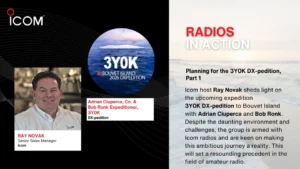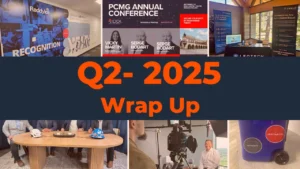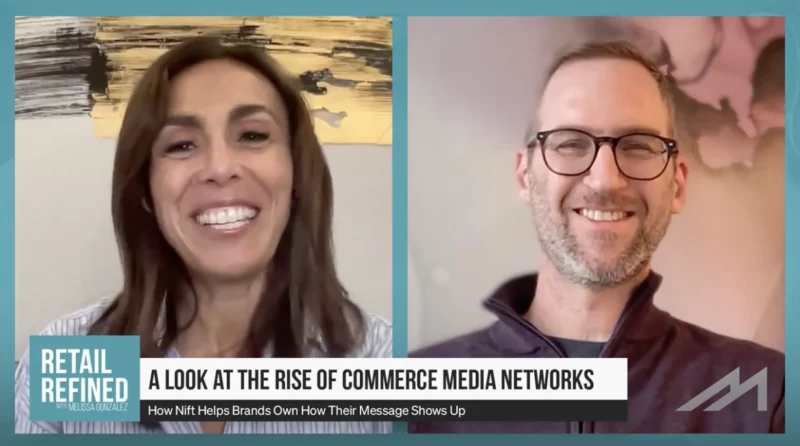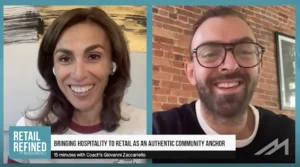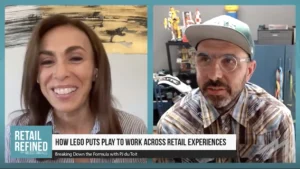A Sound Loss Prevention and Asset Protection Strategy Could Mitigate the Rise in Retail Crime
A spike in retail crime and the changing dynamics of the city were two reasons cited for the permanent closure of the iconic San Francisco Centre Nordstrom store, a staple for over three decades. Chief Stores Officer Jamie Nordstrom had previously alerted employees about the company’s decision not to renew its lease, citing the evolving challenges of the downtown market. This closure reflects a broader trend, with the Westfield San Francisco Centre mall, the site of the Nordstrom location, facing reduced sales and foot traffic, leading to its decision to return the mall to its lender. Recent data from the University of Toronto highlighted San Francisco’s struggle post-pandemic, with the city achieving only 32% of its 2019 traffic. The National Retail Federation emphasized the role of increasing crime in the area, which has influenced several national brands to close their San Francisco outlets.
Crime can lead to store closure decisions, but is that the primary factor in reduced retail traffic in some major cities? Is pulling out of a city as populated and tourist-heavy as San Francisco a wise response to increases in retail crime or a reactionary measure without a long-term strategy?
Mike Watson, Undergraduate Director and instructor at the Department of Retailing at the University of South Carolina, raises some compelling points about how retailers should think about shrink mitigation strategies that prioritize a positive customer experience and reduce retail crime.
Mike’s Thoughts
“Pulling out of a city can also damage your brand, which again is why retailers will point to theft as a reason as opposed to other factors. Wanting to change how they operate in the city might be seen as too expensive.”
Understanding Retail Crime and Effective Responses
“In response to the news that we continue to see around retail theft, it’s important to compile information from a variety of resources. This helps to understand the true nature of the problem and then to form strategies that are effective in response. What often happens is a reaction to an issue that has been defined by an incomplete understanding of the problem. This is often due to pressure from both internal and external sources. This is frequently the case in retail in its response to shrink problems.
We see companies react in a variety of ways across a wide spectrum of possibilities. This includes bankruptcy, customer bans, and, more commonly, putting more and more items behind glass cases and lock and key. A much more effective response is for retailers to understand what is at the core of the issue and not just the surface. It is at the core where retailers can really make changes that leverage real transformation. Retailers must balance customer experiences and loss prevention tactics. For example, locking more and more inventory behind glass cases is potentially a great way to prevent theft, but it’s detrimental to the customer experience. In fact, it frustrates loyal shoppers and impulse buyers alike. Research has shown that up to a third of shoppers will leave the store without a product due to not finding it on the shelf or not being able to find someone to unlock a case.
So, part of the core issue might be a supply chain problem. There’s an opportunity there to improve that, which in turn could enhance your response to theft. It could also be a staffing issue, or maybe through better identification through inventory management, you simply identify that you’ve been locking up the wrong products. The ability to get to the root cause of profit loss and improve efficiencies allows asset protection professionals to effect change throughout the business to prevent future loss.”
Retailer’s Strategic Approach to Loss Prevention and Retail Crime
“An extreme reaction to an increase in retail theft and crime is to pull your business out of a city completely like Nordstrom did in San Francisco. Many times, this type of response is driven by other factors in addition to retail crime. However, retail crime is an easy and observable reason to point to for closing or removing a store. A reason that can easily be communicated to people losing their jobs and to the public at large. In my opinion, the reason to pull out of a city completely with your retail business would be that your target market is no longer present in that community.
For retailers, it’s crucial to review their loss prevention and asset protection strategy. Technology changes rapidly, and the environment in retail is constantly evolving. Shrink cost, as we know, will cost retailers billions of dollars every year. Organized retail crime, internal theft, fraud, and operational errors all can combine to decrease profit. If left unchecked, these can negatively impact the brand image of the retailer, which in turn can damage reputation and customer loyalty.
The primary goal of any asset protection strategy should be to reduce shrink, which is obvious, and protect margins while ensuring organizational and customer safety. The approach to the strategy should be holistic in scope. It should address all aspects of the business. The more comprehensive and inclusive they are, the better they will serve the company and the consumer. It needs to be cross-functional and interdepartmental because increased strategic awareness improves efficiencies. This, in turn, helps build a foundation upon which decisions can be made to allocate resources in support of customer experiences and safety.
The strategy must also align with the company mission and vision, positively impacting bottom-line profitability while minimizing all forms of theft, fraud, and operational errors. This plan must be authentic in its efforts to build and solidify trustworthy relationships with both internal and external stakeholders. It should prioritize positive experiences at every touch point in the customer journey. Specific to the customer experience, the strategy should emphasize the need to secure and manage, for instance, their supply chain to stabilize inventory levels. This builds trust with the consumer and matches their expectation that what they want to purchase will be in stock when they need it. The development of an internal, comprehensive asset protection strategy that informs organizational decision-making is a long-term solution. It is key to providing visible positive outcomes in support of customer experiences and relies upon well-trained individuals that operate in safe spaces and within positive cultures.”
Article by James Kent


